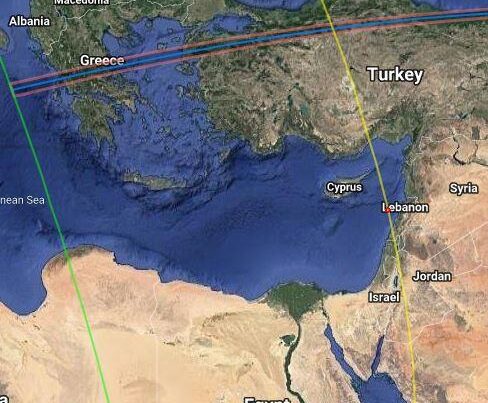by Mona F. Ali, Hazem El-Shafey and Hussein Marey Mahmoud
ABSTRACT
In the present study, rare Islamic mural painting of Al-Bīmāristān Al-Mu’ayyidi (1418/1420 AD & 821/823 AH) at historic Cairo has been uncovered and studied. A number of analytical methods included hand-held digital optical microscope, polarized light microscope (PLM), field-emission scanning electron microscope with energy dispersive X-ray analyzer (FE-SEM/EDAX), X-ray diffraction analysis (XRD) and Fourier-trans-form infrared analysis (FTIR) were useful to characterize some painted fragments. The results allowed to dif-ferentiate the stone as bioclastic-type limestone and its mineralogical composition as calcite (CaCO3) and halite (NaCl). The render layer was made of calcite with few amounts of quartz (SiO2). Individual pigment minerals such as lazurite ‘Lapis Lazuli’ (Na, Ca)8(AlSiO4)6(SO4, S, Cl)2 for the blue color and red lead ‘Minium’ (Pb3O4) for the orange-red color, were identified. A mixture combined azurite (Cu3(CO3)2(OH)2) and yellow orpiment (As2S3) was used to produce the green color, while hematite (Fe2O3), gypsum (CaSO4·2H2O) and calcite were used for the pink hue. Further, ‘fresco’ was confirmed as a painting technique. The studied mural and the entire building showed a serious state of conservation. The deterioration factors included environmental im-pacts (earthquakes, groundwater) and anthropogenic ones. The aspects were in form of structural damage of the architectural elements, several cracks, salt efflorescence and disfiguration of the painted surfaces. Based on these inputs, a restoration project was a priority to eliminate the deterioration process and to stabilize the preservation state of the studied mural.
![]()



